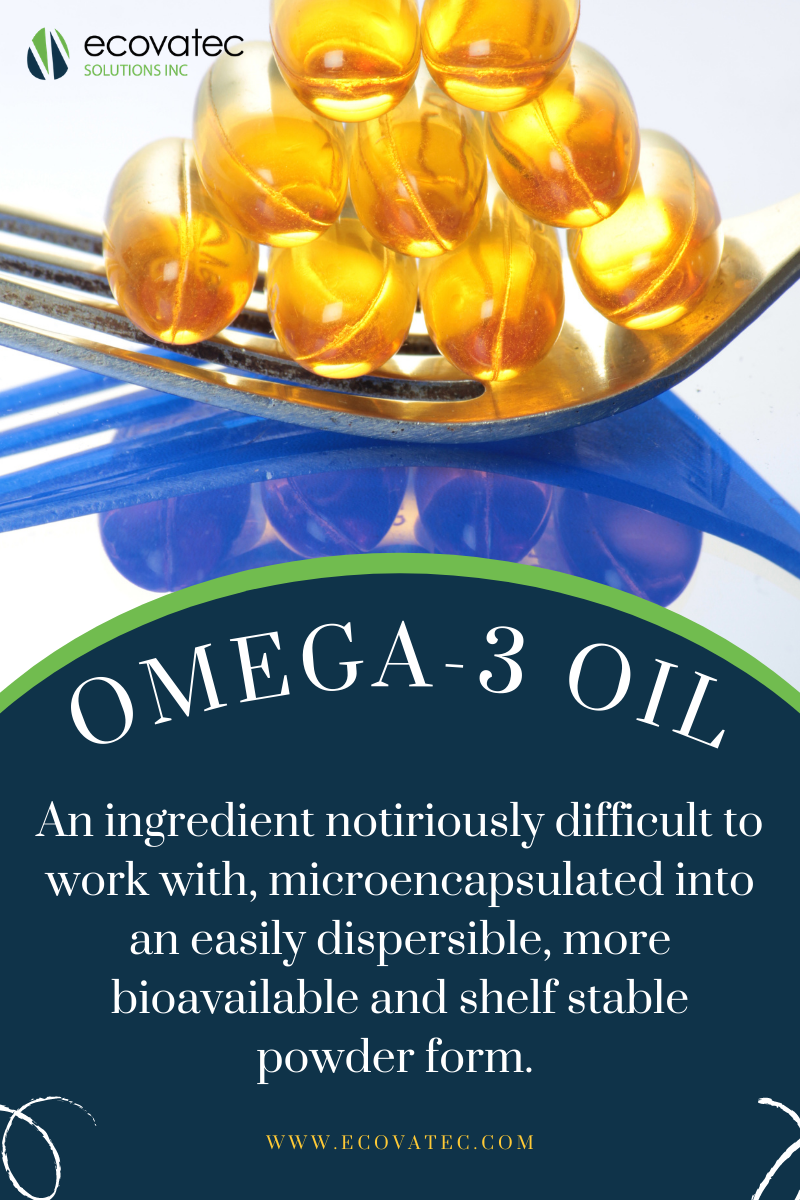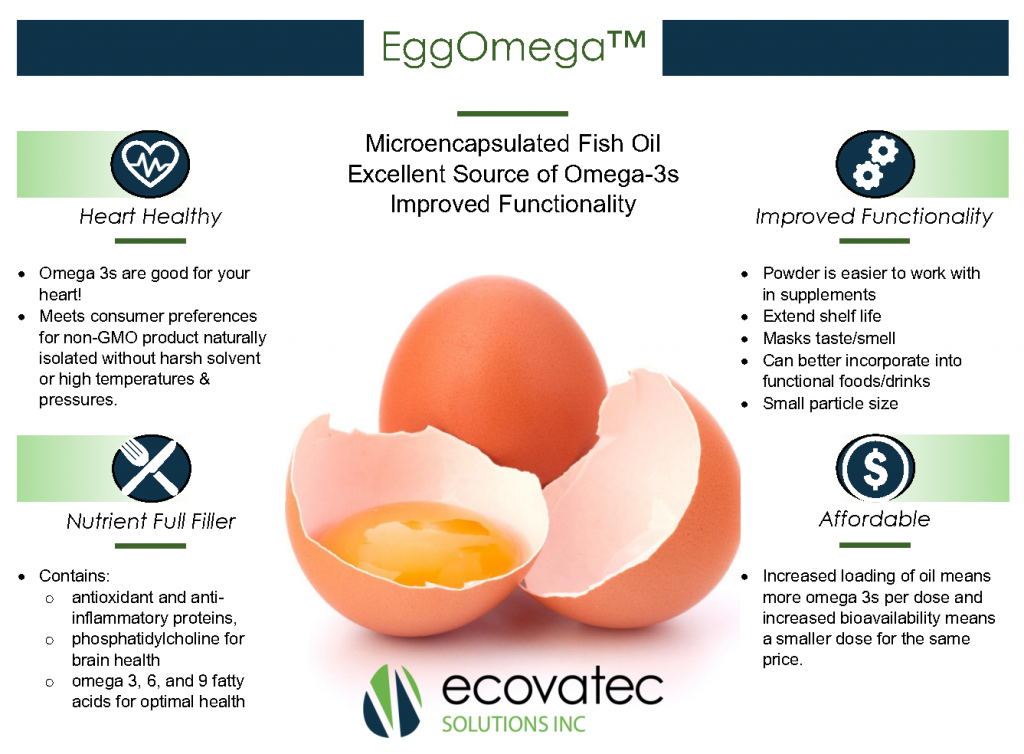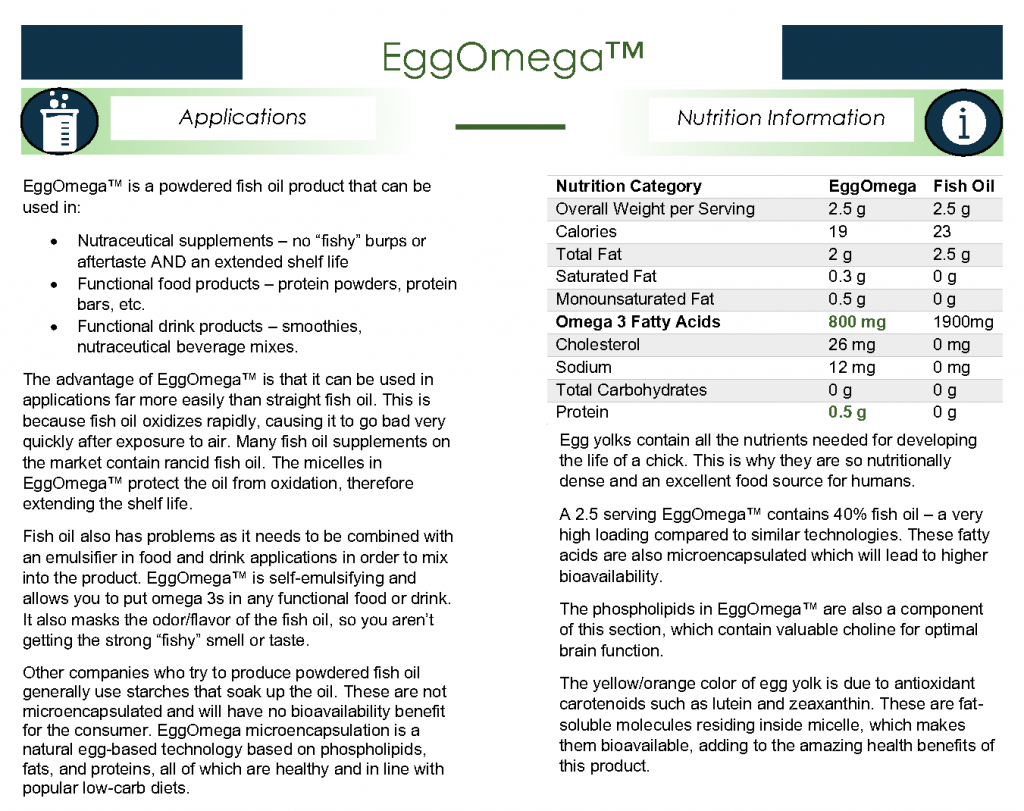Importance of Omega 3s
Everyone these days seems to know about the benefits of omega 3 fatty acids. We are all told to eat more fatty fish to prevent every health problem or future disease. Health Canada has recognized the following health claims for DHA and EPA omega 3 fatty acids:
- maintenance of good health
- support cognitive health and/or brain function
- supports healthy development of brain, eyes, and nerves in children up to 12 years of age
- helps maintain/support cardiovascular health
- helps to reduce serum triglycerides
- helps to reduce the pain of rheumatoid arthritis in adults
- helps to promote healthy mood balance
The market is saturated with products, given this wide range of claims. Omega 3 fatty acids are even sourced from krill or algae rather than fish. ALA, a 3rd type of omega 3 fatty acids, is becoming popular as a “plant based source” of omega 3s. However, since it cannot reliably be converted to DHA, it does not have the associated health benefits listed above.

The Problem with Existing Supplements and Current Technology to Solve It
Being a polyunsaturated fatty acid, omega 3s are extremely prone to oxidation. This is such a problem that consumers expect that fish oil supplements will smell “fishy” when fresh fish oil should just smell like fresh fish. The fishy smell associated with supplements is due to oxidation of the oil and build up of peroxide. Gelatin capsules help to some degree, but the oil will keep oxidizing even after encapsulation. Not only does oxidized fish oil smell and taste bad, but it can actually be harmful for health.
In addition, fats are not well absorbed by the body. Fats must be microencapsulated in the digestive system by bile salts to travel into the blood. The result is that fat droplets are broken into smaller stable pieces that can enter the water-based lining of the intestine. Commercially, microencapsulation technology creates an emulsion of small fat droplets in a water solution (micelles). Emulsifiers and stabilizers are used to make the droplets as small as possible and prevent oxidation of the bioactive ingredients inside. The bioactive ingredient can be a fat-soluble drug, protein, peptide, triglyceride, nucleic acid, vitamin, or other beneficial substance. This is usually referred to as the “payload” in the microemulsion. This microemulsion is then dried into a stable powder that can be easily combined with other ingredients and packaged into traditional supplement packaging.
The problem with microencapsulating fish oil, is that drying this fat into a powder usually involves exposing it to a lot of oxygen. This increases the oxidation of the fats and can turn them rancid. It often also means a lot of “filler” material to stabilize the microemulsion, so customers must take a lot of the supplement to deliver a minor amount of omega 3 oil.

However, if this process works correctly, microencapsulated omega 3 oil can:
- prevent oxidation of the omega 3 oil, increasing the health benefits and shelf life,
- increase the bioavailability and therefore health benefits,
- reduce the unappealing fishy taste/smell,
- make it easier to combine with other ingredients into complete supplements, and
- make it easy to incorporate EPA and DHA into functional food and drinks.
However, very few companies have found a way to perfect and commercialize this technology to date. While some companies have found ways to bring powdered fish oil products to market, these are often not microencapsulated. The powder matrix is usually some form of carboyhydrate, so the supplement lacks the bioavailability enhancement and the health benefits to the “filler” that you would find with microencapsulation.
Ecovatec’s Solution and Testing
EcovaPure™ MyCellePro is an egg yolk isolate that naturally exists in micelles, with egg oil surrounded by phospholipids (lecithin) and peptides to act as stabilizers. This all-in-one solution can be mixed with oil/oil soluble bioactive ingredients and spray dried. The egg oil, phospholipids, and peptides also have their own health benefits to add to the bioactives they are mixed with. It can also handle oil loadings of up to 40-60%. For example, a fish oil containing 30% DHA and 40% EPA can yield a combined highly bioavailable 28% omega 3s in the final product at 40% loading.
Ecovatec produced an initial trial batch of microencapsulated omega 3s with 40% loading of fish oil without minimizing exposure to oxygen during processing or packaging. Shelf-life testing was much better than expected, and this process could be optimized further to create a truly revolutionary powdered fish oil product to disrupt the supplement market. Please contact us to learn more about this process, the testing, and how we could work together to make this ingredient a reality.


For more information about these products and to learn more about the science behind them, visit our website at www.ecovatec.com or contact us at sales@ecovatec.com.
Sources are linked in the text above.


 A Canadian Company
A Canadian Company